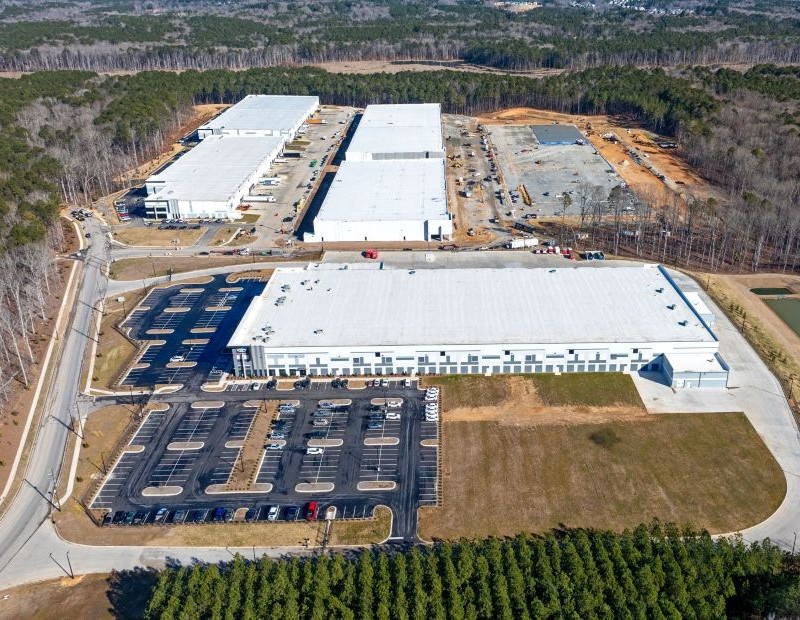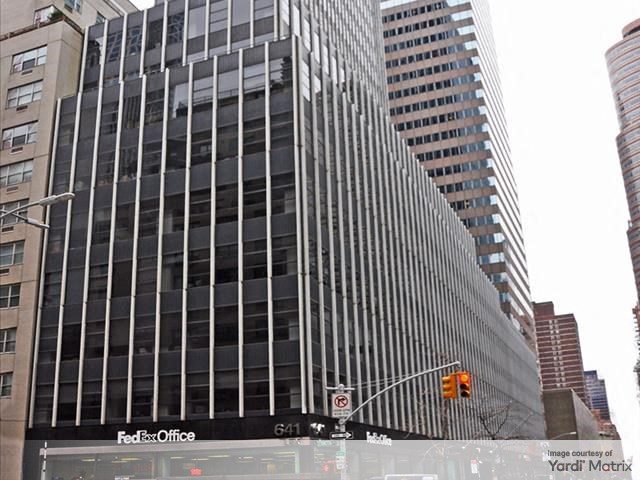Zero Cash Flow Loans Prove Their Value Once Again
Credit tenant lease financing is providing a hedge against the rest of the market, observes SRS Real Estate Partners' John Redfield.

Last year’s rapid increase in interest rates created significant issues with capital markets. This resulted in a rapid shift in both valuations of assets and a credit crunch in the debt markets. Many banks still have significant exposure both on the short and interim Treasuries they purchased that have lost significant value, and the exposure of problematic loans creating unrealized losses, primarily in the office sector.
One strong real estate strategy that served as a solution for last year’s debt issues and should be considered for 2024 are credit-tenant-leased financed loans on investment-grade net lease product.
These are more commonly known throughout the industry as zero cash flow loans due to their 1.0 percent loan coverage, or close to it, where nearly all of the net income from the asset services the loan. This allows the borrower to maximize leverage with little exposure.
In 2023, zero cash flow properties created a hedge against the rest of the market. Moreover, there was an increase in demand and value due to both the lack of supply and increased demand for leverage.
Many 1031 exchange investors had a difficult time replacing debt from their exchange without having to add capital and/or significantly reduce cash flow with new debt. Pairing an existing zero cash flow property with a free and clear asset allowed these investors to replace their debt with little equity down and purchase the remaining assets in the exchange free and clear.
That’s why, if rates stay higher much longer, this trend is expected to continue for most of 2024.
Getting ahead of the curve
To underscore the success of this strategy, SRS closed over $100 million of zero cash flow properties to the private tax motivated market in 2023.
As rates normalize and the market moves away from an inverse yield curve environment in commercial real estate (cap rates and interest rates), there should be an increase in new CTL-financed opportunities. Increased demand is also expected from private real estate owners who are likely to incorporate these assets into their portfolios.
Furthermore, the pending proposed child tax credit that could bring back 100 percent bonus depreciation would have a significant positive impact on the sector given the exponential tax benefits relative to the higher leverage.
Looking ahead, buyers and sellers that are willing to get creative to solve for short-term debt issues for long-term value will be ahead of the curve as we continue into this new real estate cycle.
John Redfield is senior vice president, SRS Real Estate Partners, Capital Markets.







You must be logged in to post a comment.